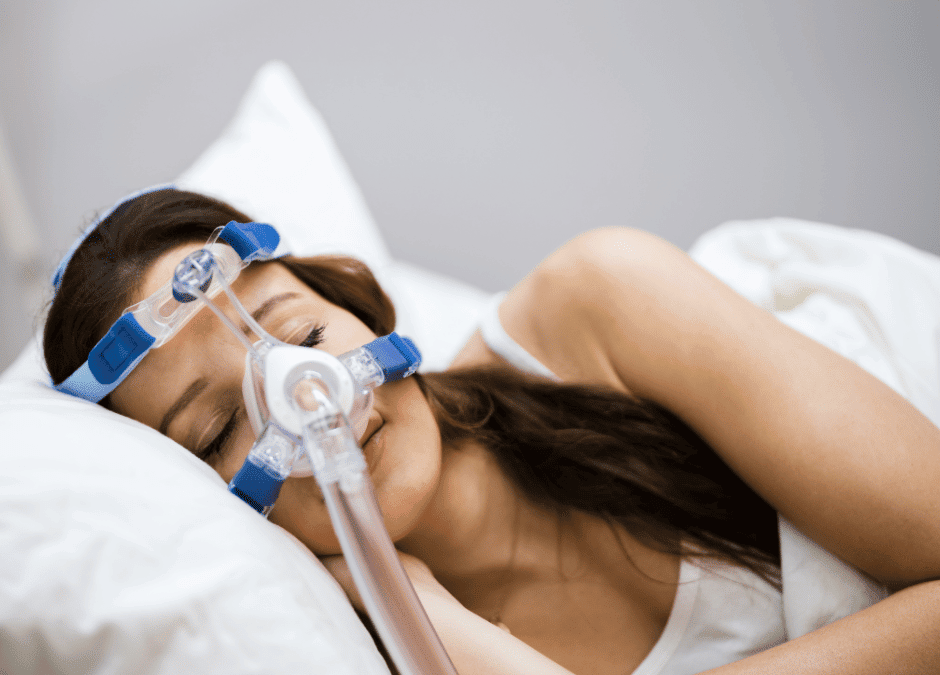Table Of Contents
What is Schizoaffective Disorder?
Schizoaffective disorder is a chronic mental health condition that is characterized by symptoms of schizophrenia and mood disorder. Some symptoms include hallucinations, delusions, mania, disorganized thinking, depression, poor appetite, changes in sleep patterns, agitation, lack of energy, loss of interest in usual activities, and guilt or self-blame. The wide span and crossover between some of these symptoms and other conditions cause this disorder to be regularly misdiagnosed. Moreover, the symptoms can be cyclical; meaning, there can be periods of time where the person affected doesn’t have symptoms.
Service Connection
The combination of misdiagnoses and gaps between symptoms can make Schizoaffective disorder difficult to connect to military service. One common challenge is the timing of the veteran’s first onset of psychosis. On average, people affected by schizoaffective disorder have their first psychotic episode between the ages of 16 and 25. However, some episodes don’t occur until after 30. Thus, unless a veteran has an episode while still in active service, it is difficult to prove that an event is caused by service or that service aggravated their schizoaffective disorder. The key to getting around this challenge is to look for two things: 1.prodromal symptoms and 2. in-service events that could have caused your disorder.
- Prodromal symptoms are early symptoms that are signs of the disorder and can happen before a veteran is diagnosed with the disorder or before the first psychotic episode. Some examples of prodromal symptoms are depression, anxiety, social withdrawal, isolation, memory issues, etc.
- While it is difficult to pin down the exact cause of schizoaffective disorder, it is believed that a combination of causes can contribute to its development. Thus, while genetics and specific brain chemistry can cause schizoaffective disorder, so can stress, drug use, and traumatic events. Unfortunately, stress, drug use, and traumatic events can all be common during active service. When trying to service-connect a schizoaffective disorder diagnosis, contemplate if an in-service event occurred that aligns with these causes.
Secondary Service Connection?
If you cannot directly service-connect your condition, consider if you have any of the below service-connected conditions. Schizoaffective disorder is commonly linked with other conditions that may have caused or aggravated your schizoaffective disorder.
- Anxiety Disorders
- Bipolar Disorder
- Depression
- Military Sexual Trauma (MST)
- Panic Disorder
- PTSD
- Substance abuse
- Schizophrenia
- Sleep Disorder
- Traumatic Brain Injuries (TBI)
Total Disability Individual Unemployment (TDIU)
Schizoaffective disorder’s symptomology can make it very difficult to hold a job. If you can’t maintain gainful employment and your schizoaffective disorder is rated 60% or you have a total combined disability of at least 70% you’re eligible to be compensated at the 100% disability level.
Veterans Help Group have been helping veterans get the benefits they deserve since 1995. If you’d like assistance with your VA disability claim or think you should be TDIU eligible please call at 855-855-8992 or chat with us online.

VA Disability Benefits and Tax Exemptions: What You Should Know
VA Disability Benefits and Tax Exemptions: What You Should Know Written by: Schuyler Swanton,...

Veterans Help Group In The Community
Veterans Help Group in the Community Written by: Bobbi Boudi, Director of Community Outreach, Amy...

The Veterans Appeals Efficiency Act of 2025
The Veterans Appeals Efficiency Act of 2025 Several bills are currently pending in Congress that...





